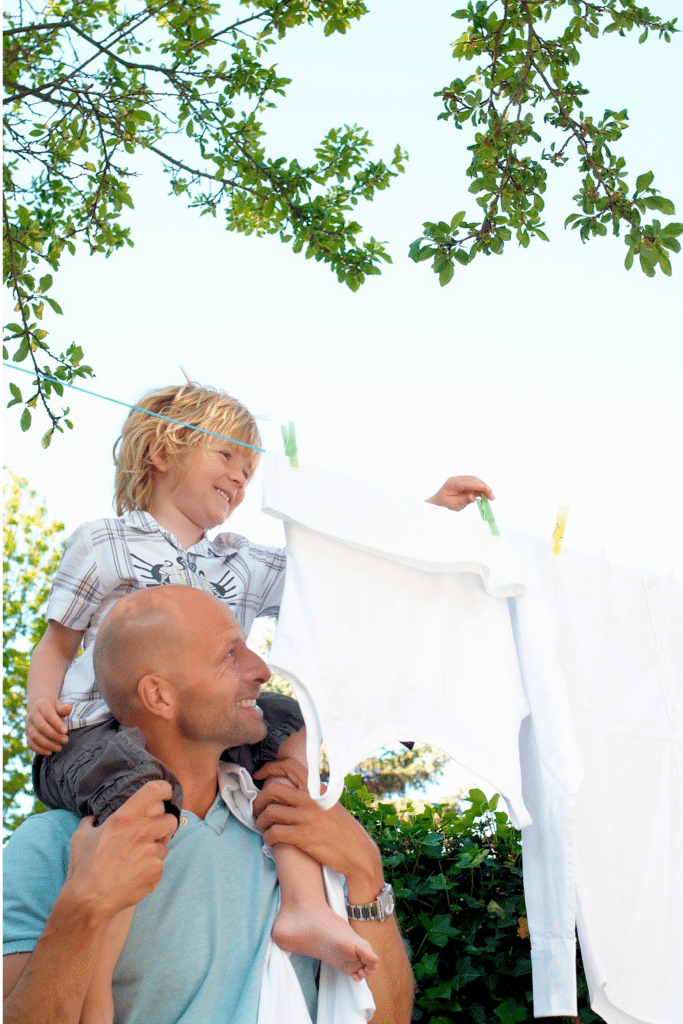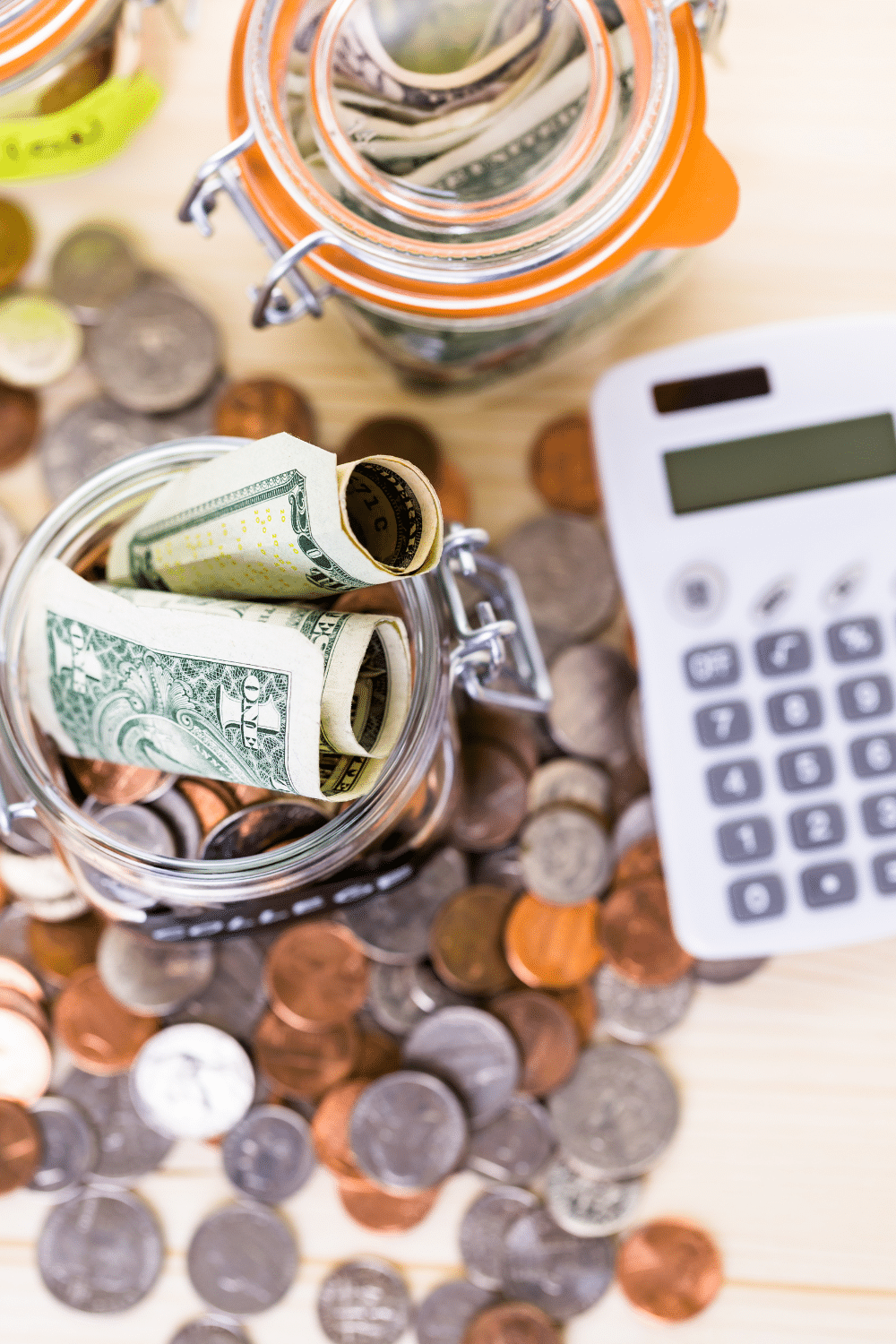Smart Saving: Easy Ways to Go Green and Lower Your Expenses
Going green not only helps our environment. It also allows us save money. We can make many changes to save more energy and waste less money.
Smart Saving: Easy Ways to Go Green and Lower Your Expenses
When you hear the words “GO GREEN” and “FRUGAL” in the same sentence, what is the first thought that crosses your mind? I know you are probably thinking; Is that possible? People often think being eco-friendly costs more money, but it can be extremely frugal.
When people ask me about making an effort to live greener to save more money, I always stress the importance of taking it slow. There is no real reason to make dramatic changes in your life all at once.
Less stress, less worry, and more money in your pocket are reasons enough to make one effort at a time.
Read More Ways To Save On Inspiring Savings
Going Green
Through some helpful hints and tricks, and yes, a little time you can start to go green and save money. Going “Green” has more advantages than you might initially think. Doing your part to save the environment is probably the best reason to go “Green.”
But it’s no longer the only reason. It’s also a great way to save money, both short-term and long-term. You might be surprised to learn what you can do to preserve the environment and keep your hard-earned money where it belongs: in your pocket.
Get Unplugged
Everything in your home that is plugged in uses electricity, whether it’s “on” at the time or not. By simply unplugging your cell phones, computers, fans, televisions, and other appliances that aren’t being used, you will be surprised at the savings you’ll see on your electric bill.
One big energy suck is your Keurig coffee pot. Did you know by leaving it plugged in and on you are just wasting away electricity? Keurig coffee maker is known to utilize a good amount of power during initial startup. The warm-up time can take up to 3 minutes and use around 1500 watts.
If you are a regular coffee drinker and make five cups of coffee or more, it’s reasonable to keep your coffee maker on as it may spend only around 200-400 watts of power. If you are a one or two cups of coffee person (like myself), shut it down after you’re done using it.
Reduce Water Use
There are many options available to help you save water. For example, you can purchase low-flow showerheads to help your household members use less water when showering. Building or purchasing a rain barrel to capture rainwater is a great way to water your flower or vegetable garden.
Also, place a bucket in the shower while you wait for it to heat up. Collect the water and use it to water your plants, clean, or even drink.
Line Dry
Air drying your clean laundry is a great way to save energy and save money. If you live in an area where the climate isn’t favorable (Like Upstate New York, for example) in the winter when there are multiple choices available for you to hang them indoors.
Stop Eating Out
The typical U.S. family spends $4,000 on meals outside the home — whether for breakfast, lunch or dinner, according to a statistic quoted in The Cheapskate Next Door (amazon.com) by our own Jeff Yeager, the Green Cheapskate. Yeager estimates that a family that commits to eating at home can save $3,000 and eat just as well.
That is incredible.
Making food at home allows you to pay attention to the ingredients you use, how they were grown, and how nutritious and wholesome the meal can be. It is also a great opportunity to spend time with your family.
Rent, Borrow, and Freecycle
Reduce, Recycle, and Reuse. Borrowing what you need from others is FREE. Have you ever heard of Freecycle? This is an example of reusing since it connects people getting rid of useable stuff to people who want that same stuff (it reminds me of Craigslist’s “FREE” Category.
Think about it. By reusing items, we make the best use of the resources used to create those products, whether it’s energy, wood, metals, or other raw materials that can be used for the same or different purposes.
Make Your Own Cleaning Products
Cleaning products can be very pricey and toxic. When you consider the range of cleaning products we buy, from dishwasher and laundry detergents to all-purpose window, toilet bowl, and tile cleaners, the bills add up.
Most cleaners can be replaced with simple, cheap ingredients like baking soda, vinegar, and lemon juice. Making the switch will save you significant amounts on cleaning.
Bonus: These simple ingredients are non-toxic, so you don’t have to worry about the “hazard” labels that come on many household cleaners. I have started the change in my home. Read more about making your own Dishwashing Detergent. Making laundry detergent saves you 85 percent of the cost it would have for you to buy it.
Use Paperless Billing
Bills, Bills, Bills. They love to cause headaches, but they don’t have to be cluttered or cost as much as they do. Many companies offer a discount for signing up for paperless billing, just because it saves them significant printing and postage costs.
So you can save and they can save the cost of a stamp.
Not to mention all that paper! It is also a lot quicker to pay them online, which means more time with your family. Now that you’ve learned that going “Green”. Now you understand a great way to save yourself money. You will be amazed at how much money you’ll save on your energy costs!
Other Great Frugal Living Articles
Reduce Food Waste in Your Home! – Save Your Family Money
Learning How to Menu Plan: Plus Get Free Menu Printable
Kitchen Tip: How to Clean Grapes – Protecting Your Fresh Produce
How Much Should I Be Spending On Groceries
This post may contain affiliate links or sponsored content. Disclosure Policy










One Comment